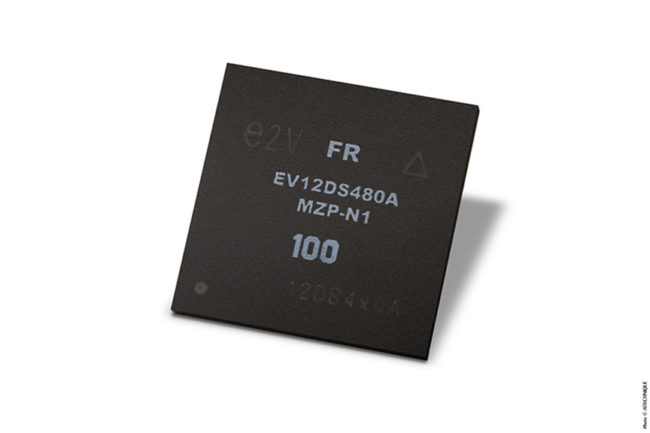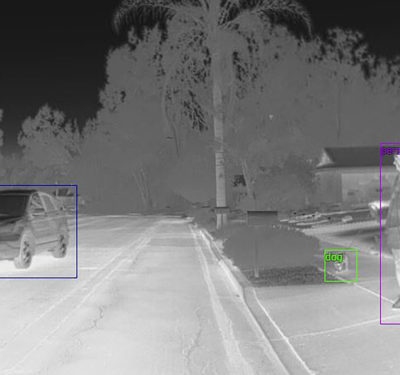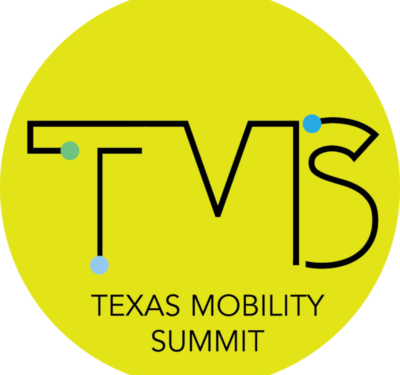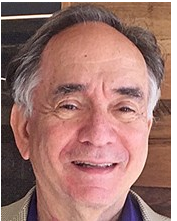
Bend Labs will demonstrate its flexible soft sensor technology at the Printed Electronics USA Event this week.
Bend Labs will demonstrate its flexible soft sensor technology at the Printed Electronics USA Event, November 14-15, at the Santa Clara Convention Center in California.
This flexible soft sensor technology is disrupting both established and emerging industries by making it possible to measure true angular displacement, according to Bend Labs. Event attendees will see firsthand how the soft sensors can easily be applied across the fields of medical wearables, Internet of Things (IoT), consumer electronics, autonomous vehicles, as well as motion research.
“One of the first questions we get asked is how our sensors are different from other soft sensing technology out there,” said Colton Ottley, CTO of Bend Labs. “We’ve built our sensors from the ground up to address the drawbacks of other motion sensing systems. We’re fundamentally different in that we accurately measure angular displacement bi-directionally while rejecting other signals such as stretching or extraneous bending. The result of which is a low-power, drift free, path independent sensing technology with sub-degree accuracy.”
The Salt Lake City-based start-up is offering a unique series of soft sensors made with medical grade silicone that can bend, stretch and conform to any contour. Their sensors can measure one or two axes of bending, and unlike IMU and resistive-based plastic sensors, Bend Labs’ sensors have zero drift, opening the door to ultra-stable, high resolution, low power angular measurements, according to the company.
For example, these soft sensors are already seeing success in the medical device market, where they have been applied to devices that remotely monitor patient motion throughout the physical therapy process.
“Bend Labs’ soft sensors have the ability to accurately digitize both human and non-human motion. Our goal is to make it simple for both engineers, as well as non-engineers to integrate our technology into the many products and applications that will benefit humanity,” Ottley said.






